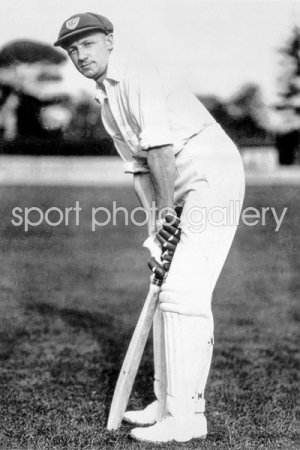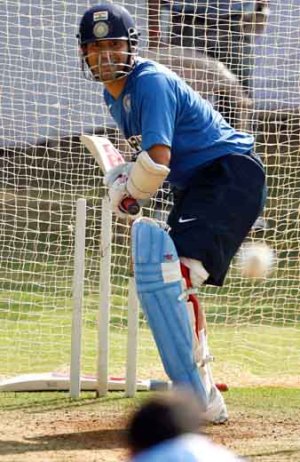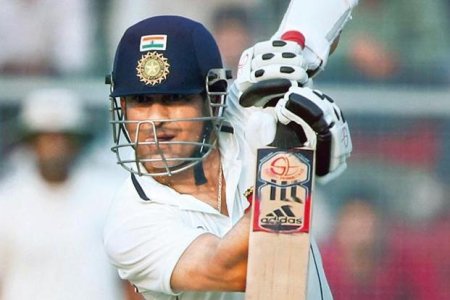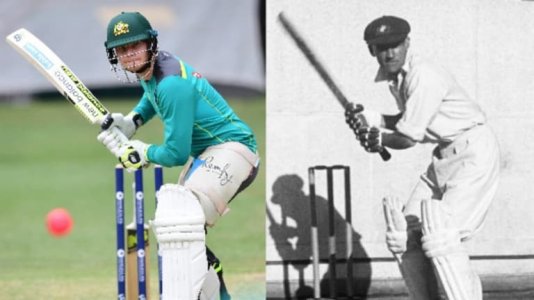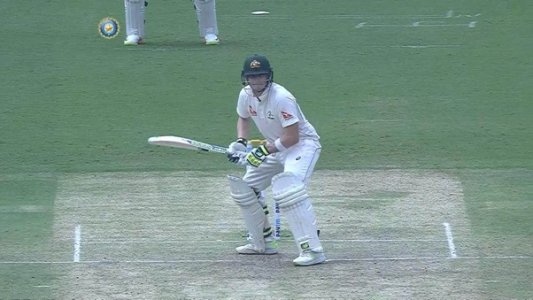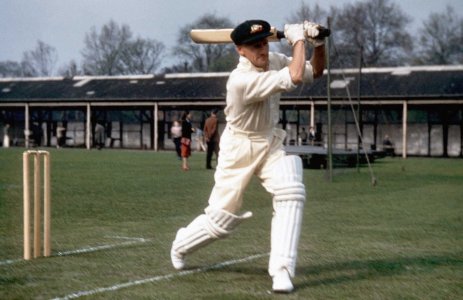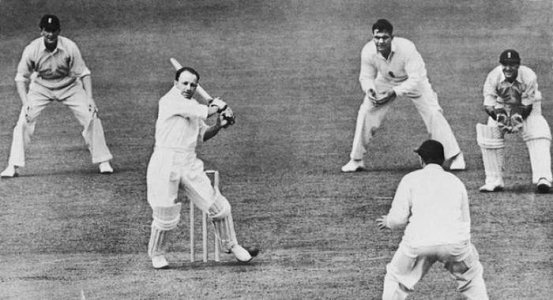And who is going to ensure that the playing field is even ? For instance modern players having to play in a grand sum of two countries therefore competing with a very small set of players ? There are other points but lets start with that. This is were the "debate" will go south.
What really don't get is how tech savvy people in this day and age still believe in the OLD > New nonsense. Seriously?
The final throwaway is very helpful I think for helping us understand what a theological faith in progress looks like, and just how cartoonish is the kind of thinking that it enables. So let's parse what this jumbled line tries to argue. Technology advances, computers become faster, airplanes faster. Ergo, the human body and what it is capable of has advanced at comparable speed.
Unfortunately, the evidence suggests otherwise. The fastest recorded 100 meters in 1891, also an amateur era for running, was 10.8 seconds, 120 years later, amidst relentless improvement in shoes manufacture, training regiments, and a world inclusive competitive field, that record has come down 1 second, ie by about 8 %. That would correspond to an increase in average batting averages from 50 to 53 over the same period of time.
And it does not tell much about whether the overall distribution has also shifted, as you implicitly contend has been the case in cricket, ie whether human beings on average are all running 8% faster, or, to translate this into what you claim has happened in cricket, 100 % faster, ie about 5 seconds.
It would not be surprising, of course, if we observe changes in how sports are played, where actual
technology plays an important role, such as motor racing, or tennis, in which carbon fiber construction have produced rackets with bigger sweet spots capable of imparting more velocity. In cricket, however, bowling still involves only a human body and a ball, batting a human body and a bat, and while it may be argued that bats have gotten better, that would be to the advantage of batsmen, not their disadvantage.
Indeed, the general consensus seems to be that there is little evidence for standard of cricket in general having advanced over the past 40 years. Bowlers in the 70s and 80s such as Marshall and Hadlee and Imran are still considered the gold standard and some of the all time batting greats also hail from that time.
The residual claim then is that over a very short period of time, between 1950 and the mid 1970s, spanning not more than two-three generations of players, many of whom recall playing with someone who played with Bradman, etc, greater competition and professionalization has somehow produced not only improvement in the general standard of cricket, but an improvement so dramatic so as to 1) render a 99 batting average in 1948 equivalent to a 50 something average in 1970-80 2) scoring a century in every other Tests, as Bradman did across his career, equivalent to scoring a century in every 4 Tests, as has been the standard of the best batsmen of ensuing decades.
The implications of this argument should be made explicit, because they are to say the least implausible. What you contend is not only that Bradman could by today's standards only aspire to be a barely average batsman. You are also contending that in the entire of history of cricket, up and until Bradman's time, among all of the batsmen who tried their hand at the game, not one single player ever played the game who could compete with a middling 30's averaging batsman playing cricket today. Statistically speaking, that argument is dead in the water.
Now, you might very well seek to claim that the era in which Bradman played is simply incomparable to the present. But that does not solve your problem. Because Bradman was himself incomparable to that era, he literally played the game as if he was on another planet, what the standard was on that planet cannot conclusively answer the question of how good was Bradman. To even begin a proper kind of comparison, one would have to have a modern day example of a batsman who stood apart as much as Bradman did. But there is no such player in the present era, not even close. Nor is that surprising.
What you have, and have had for the entire history of the game, barring Bradman's time, is a very normal kind of cluster distribution of players, none of whom were the undisputed best for their entire career, all of whom were for long parts of their careers worse than 5-10 other players. Tendulkar included. In Bradman's time there was simply no argument about whom was better, ever, and he played over 20 years, as long as anyone else, including Tendulkar. To put it differently, you don't have the basis for beginning an argument, let alone taking it anywhere, south or north







